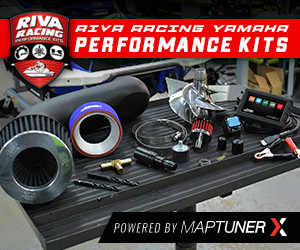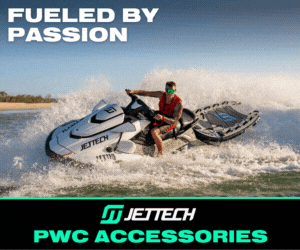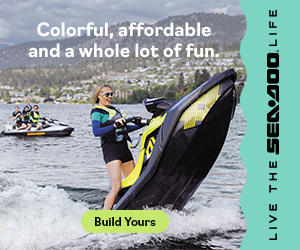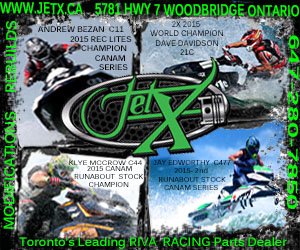You’re about to make a rather big purchase on a PWC you’ve been wanting for a while now. You’re buying a sleek looking performance ski loaded down with all the bells and whistles. You don’t want your life vest to look any less cool than your new toy. Don’t be “that guy” wearing an old, ragged vest that looks like it came straight out of the ’90s. And sure, a cool, new vest would help your style, but it will also provide the proper protection.
An old PFD may have lost some of its buoyant qualities, and a cheaply made vest may fall apart when hitting the water at speed. A good, quality life vest should be both fashionable and functional. Also, a USCG (United States Coast Guard) approved vest is a requirement by law for all PWC riders.
There are many types of PFDs, making sure you pick the right one for you is important. A story published by Sea-Doo was very helpful in providing several tips. The first decision you will have to make is what material you’re wanting. You basically have three options when choosing a material. Each has their benefits and disadvantages. You can choose from nylon, neoprene, or ecoprene.
Nylon
Nylon vests are lightweight and dry quickly. They are also normally more affordable than vests made of other material, such as neoprene. A downside to nylon vests is that they are not as comfortable to the touch as a neoprene vest.
Neoprene
Neoprene vests are good for active riding styles. They will fit to your body perfectly and are usually more durable than nylon vests. They add warmth by trapping a thin layer of water between you and the foam of the vest. Also, they are much more comfortable to the touch than a nylon vest. The cons of having a nylon vest are that they take longer to dry out than vests made of other materials, and they are more expensive than nylon vests.
Ecoprene
Ecoprene is not a widely produced material, but some manufacturers, such as Sea-Doo, do make them. It is an Eco-friendly vest, made of environmentally friendly material. It is a balance between the Neoprene and Nylon, as far as characteristics go. It dries quickly, as nylon does. It doesn’t absorb much water, allows ventilation, and is 30% lighter than neoprene vests when wet. The pricing is in between nylon and neoprene. Ecoprene promises to be a well balanced PFD.









